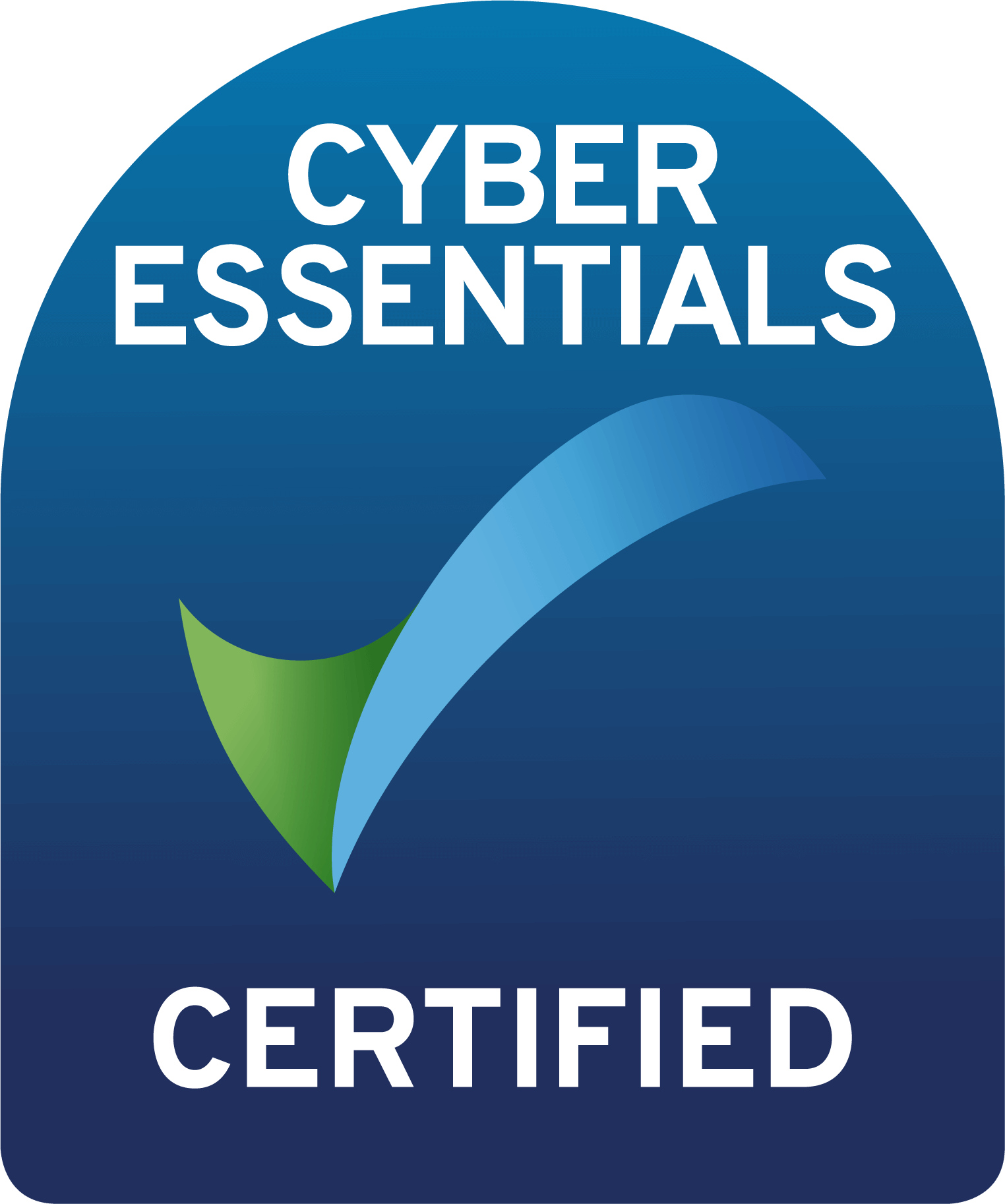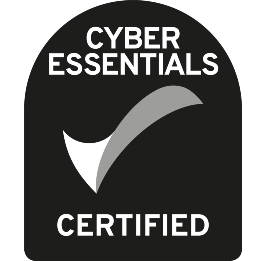End-to-end encryption for collaboration and messaging.

What is end-to-end encryption?
Element is designed to protect users and their privacy by using the highest grade end-to-end encryption by default. Messages can only be decrypted by participants in the conversation.
What are the benefits of encrypted collaboration?
End-to-end encryption keeps communication secure by ensuring that only those in the conversation are able to decrypt messages.
Even if a server or network is compromised, a third party is unable to view the encrypted data.
How does Element’s end-to-end encryption work?
Element uses the encryption implemented within the Matrix open standard.
It is based on Olm, an implementation of the Double Ratchet protocol popularised by Signal, and Megolm which extends Olm for government-level and nationwide scalability.
Messages are decrypted per-device rather than per-user as it adds an extra layer of resilience.
Matrix encryption has been publicly and positively audited by NCC Group, a globally-recognised expert in cyber security and risk mitigation.


Enterprise functionality in an E2EE environment.
- Single Sign-On (SSO)
- Search functionality within encrypted rooms
- Anti-virus protection for encrypted rooms
- Data loss prevention in an encrypted environment
- Audit bots, moderation and data retention
- Ability to create unencrypted rooms
Cross-signed device verification.
Adding extra security, Element uses cross-signed device verification
Explore Element’s unique features.
Built on Matrix
Matrix is an open network for secure, decentralised communication, connecting 42M+ users over 80K+ deployments.
Governed by The Matrix.org Foundation, the Matrix protocol is an open standard with open source implementations, supporting a vibrant developer ecosystem. Element was founded by the team behind Matrix as a way to bring it to the mainstream.







